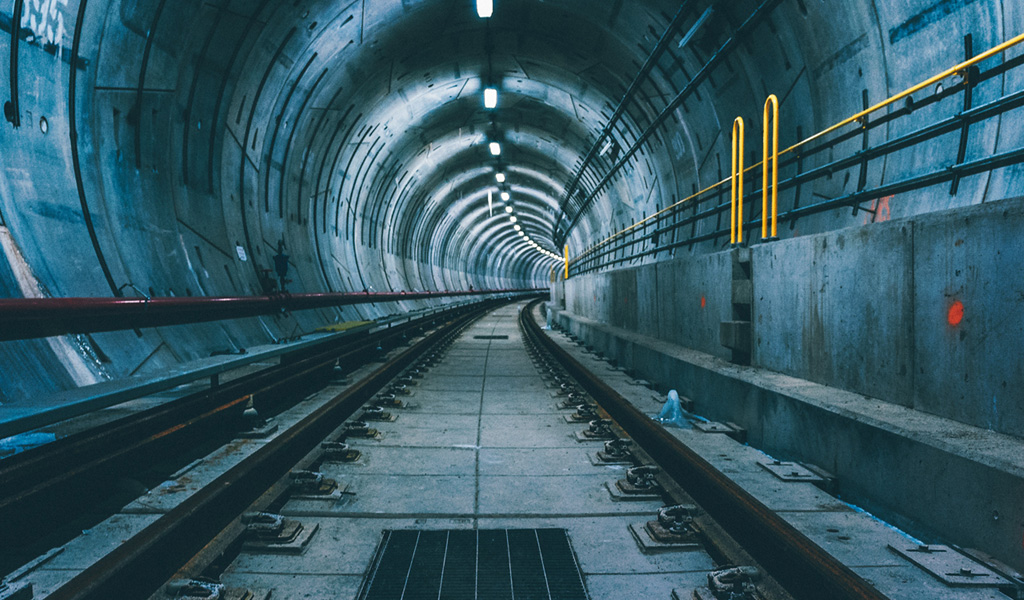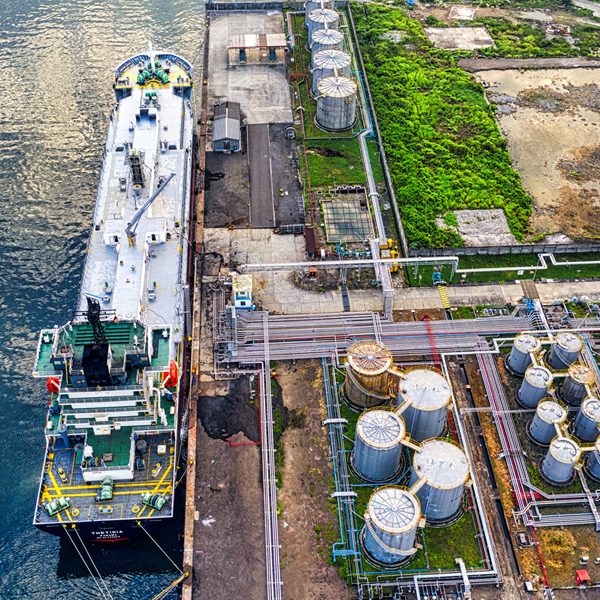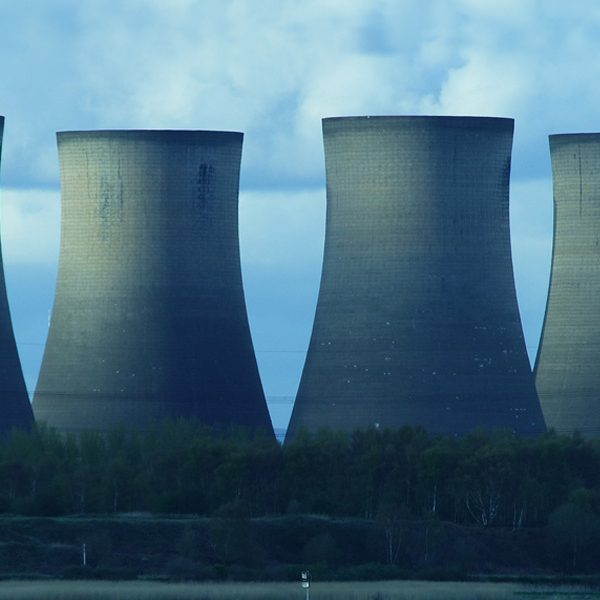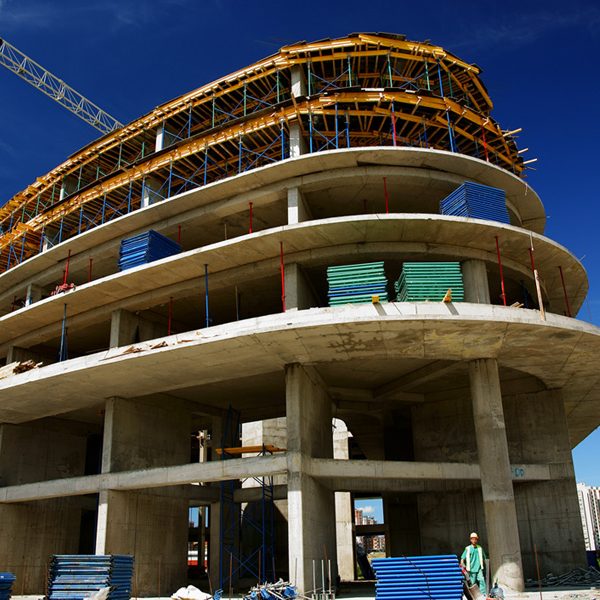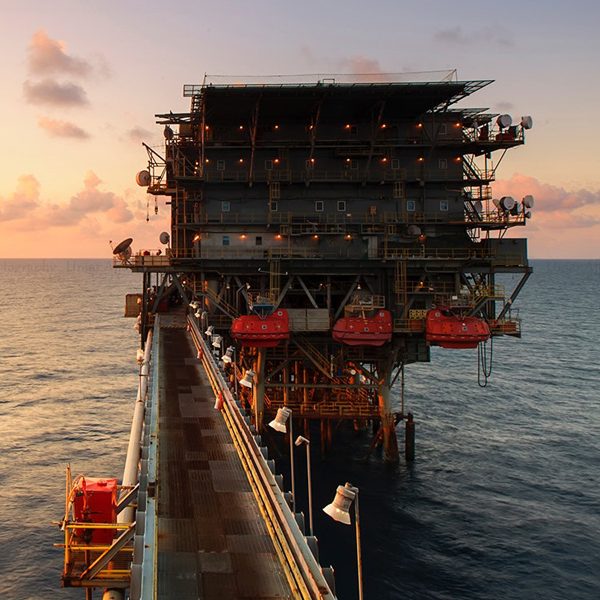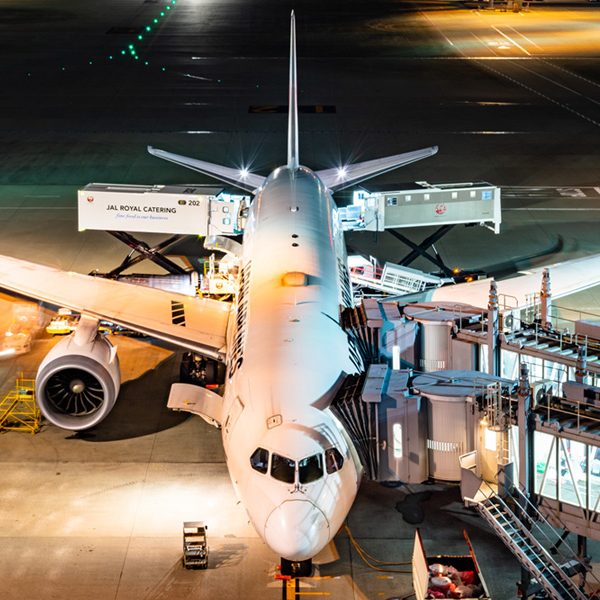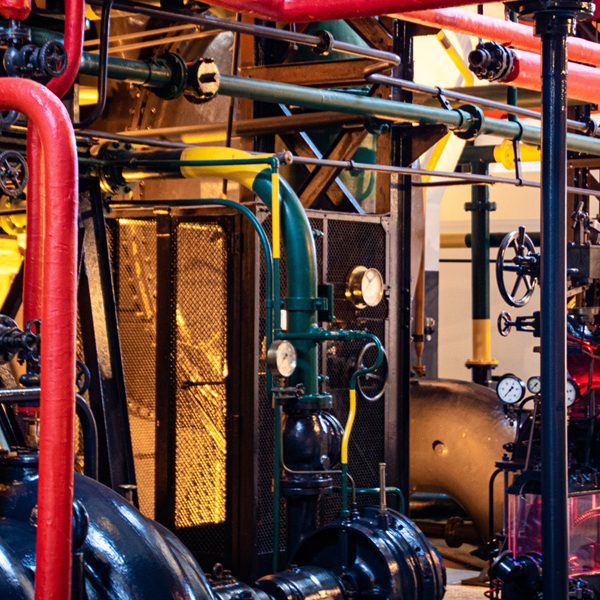It is not surprising that up to now only a few active fire protection systems have been installed in tunnels for practical reasons. Tunnel conditions are always windy, due to forced or natural ventilation, are typical. Tests and modeling have shown that hot smoke is immediately blown away from the actual fire location so until recently activation by heat detection was not considered reliable. Even when the correct location is found, the ventilation may blow the suppression agent away. Computer studies with conventional low-pressure sprinklers have shown that a large fire activates so many sprinklers that the size of piping and pump unit would be completely impractical.However recent full-scale tests have shown that water mist, due to its strong momentum, can effectively penetrate the windy and turbulent conditions encountered in tunnels, and reduce temperatures sufficiently to prevent fire spread and structural damage.
- HOME
- COMPANY
- PRODUCTS
- ALL PRODUCTS
- FIRE HOSE & FITTINGS
- HOSE NOZZLES
- HOSE REELS & CABINETS
- VALVES
- BUTTERFLY VALVE
- DRY RISER FITTINGS
- GATE VALVE
- Gate Valve 200 PSI – OS&Y Type Flanged End
- Gate Valve 200 PSI – OS&Y Type Flanged x Grooved End
- Gate Valve 200 PSI – OS&Y Type Grooved End
- Gate Valve 200 PSI – NRS Type Flanged End
- Gate Valve 200 PSI – NRS Type Flanged x Grooved End
- Gate Valve 200 PSI – NRS Type Grooved End
- Gate Valve 300 PSI – OS&Y Type Flanged End
- Gate Valve 300 PSI – NRS Flanged End
- HYDRANT VALVES
- PRESSURE CONTROL DEVICES
- PILLAR HYDRANTS
- FIRE SPRINKLER SYSTEM
- FOAM EQUIPMENT
- MONITORS & NOZZLES
- PUMPS & ACCESSORIES
- FIRE VEHICLES AND RESCUE EQUIPMENT
- APPLICATIONS
- NEWS & MEDIA
- BLOG
- CONTACT

